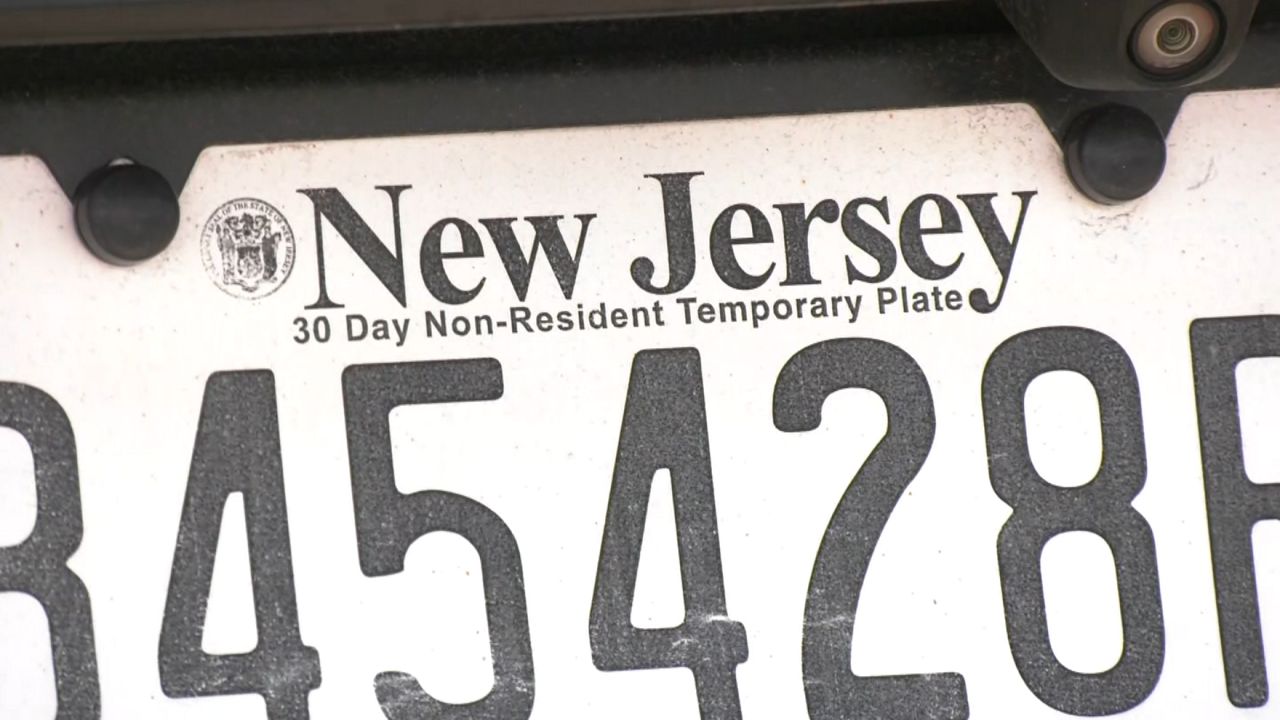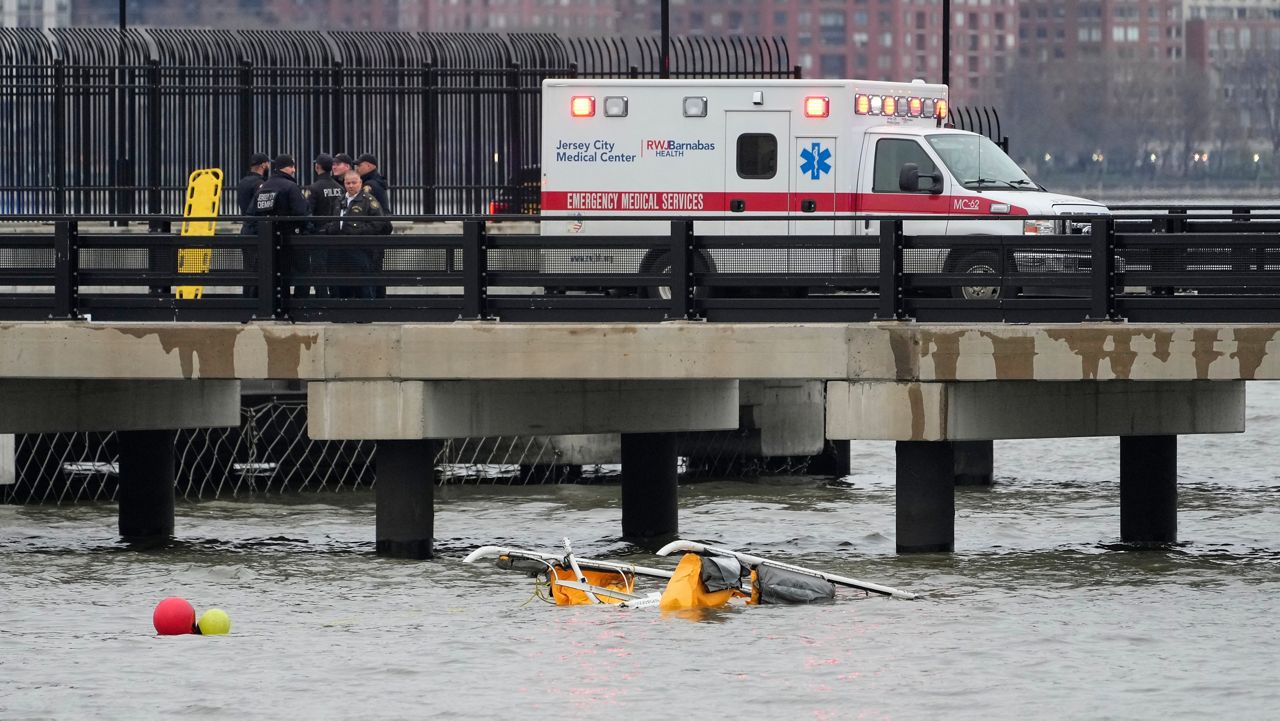The MTA on Wednesday laid out its plan to upgrade its aging system over the next five years.
The plan comes with a hefty price tag, and questions remain about where the money will come from to pay for it.
There’s a $33 billion question — that’s the portion of the $68 billion capital plan that has no identified funding source. It will be up to Albany to find the money to fund critical infrastructure upgrades that will keep the trains and buses running.
Albany will also have to find another $15 billion to replace the money that should have come from congestion pricing.
The MTA says it is crucial that the 2025-2029 capital plan is based on the 20-year-needs assessment from last year that found nearly 50% of buses were due for replacement, as well as 2,000 railcars and 36% of power substations that were found to be in poor or marginal condition.
New Yorkers saw service disruptions this summer as a result of 100-year-old parts needing upgrades, and the plan does just that.
The MTA will focus on modernizing the system to provide frequent and reliable service and improve the customer experience. The MTA says 90% of the $68 billion plan will be dedicated to that.
MTA Chair and CEO Janno Lieber unveiled the plan Wednesday at a stop along the 7 train line, which has upgraded signals.
“This is one of the best-performing lines in the entire subway system, and it’s really a model for what we are trying to accomplish all over the city and all over the region. We all deserve the number 7 train-quality experience. A lot of that infrastructure is over 100 years old,” Lieber said. “If the MTA system is going to survive, let alone grow and prosper, we’re gonna need to deal with that stuff. We can’t put off dealing with it any longer.”
Highlights of the plan include buying 1,500 new subway cars, which will replace 40-year-old cars on the 1, 3, 6, B, D, N and W lines; modernizing signals on 75 miles of track along the N, Q, R and W lines, the Liberty Avenue and Rockaway Boulevard A and S lines and the J and Z lines; elevators at 60 more stations for ADA accessibility; and new fare gates at 150 stations that the MTA hopes will stop fare evasion.
While the MTA has identified about half the funding for this plan — $10 billion in bonds, about $8 billion from the city and state, and about $14 billion in federal funding — that still leaves a gap of $33 billion, on top of the $15 billion from congestion pricing.
In a statement, Gov. Kathy Hochul said: “From the moment I took office, I’ve fought for public transit — advancing major projects like the Second Avenue Subway and rescuing the MTA from the ‘fiscal cliff’ last year. We will review the MTA’s proposal for the upcoming 5-year capital plan and fight to secure as much funding as possible.”
“That includes pressuring Washington to deliver additional infrastructure dollars and working with our partners in the Legislature and City Hall to determine priorities and capacity during the upcoming budget negotiations,” Hochul added.
The MTA Board will vote to approve the plan, but it will be up to Albany to find that funding.
Meanwhile, the MTA says it will be ready to move on some projects come Jan. 1, 2025 because it does have some funding available.






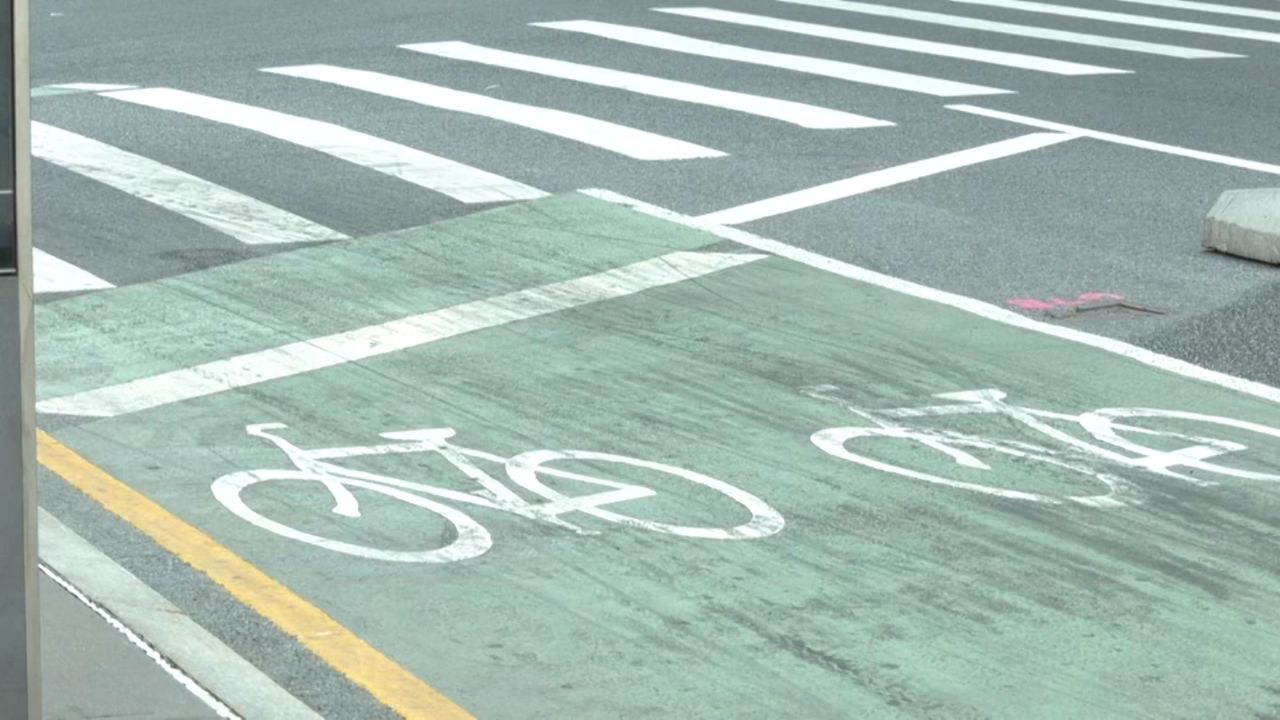
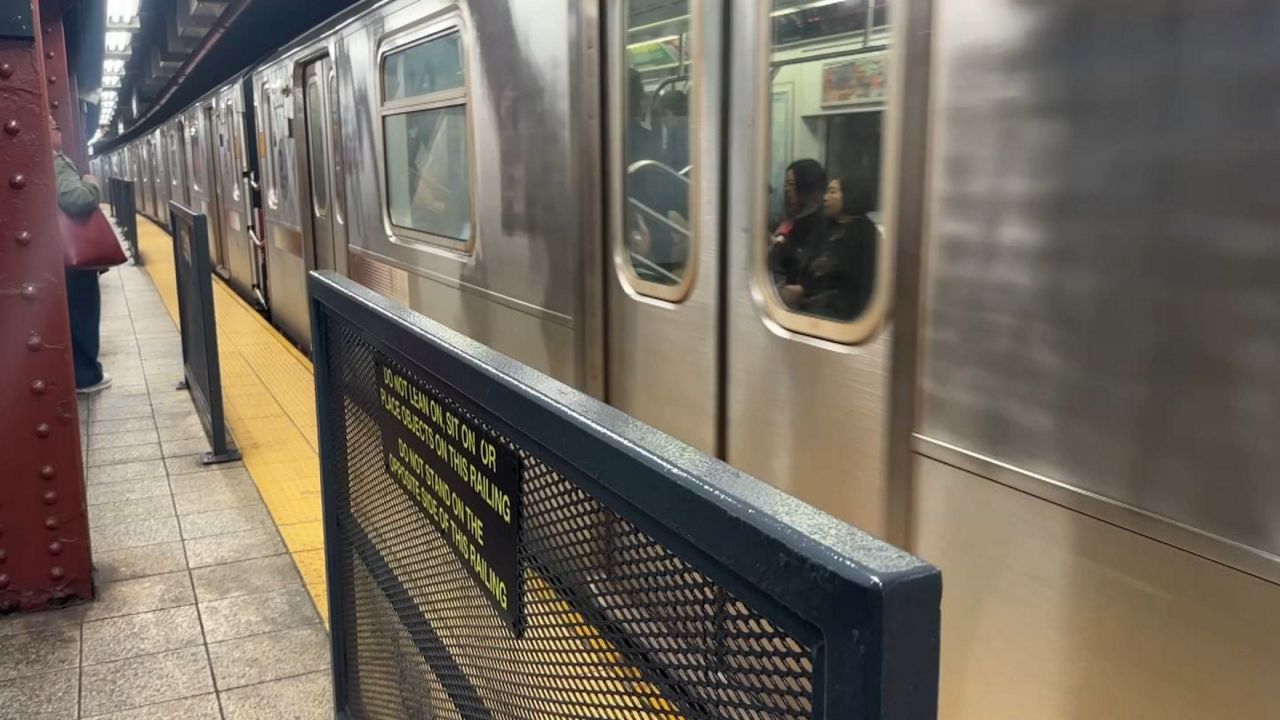
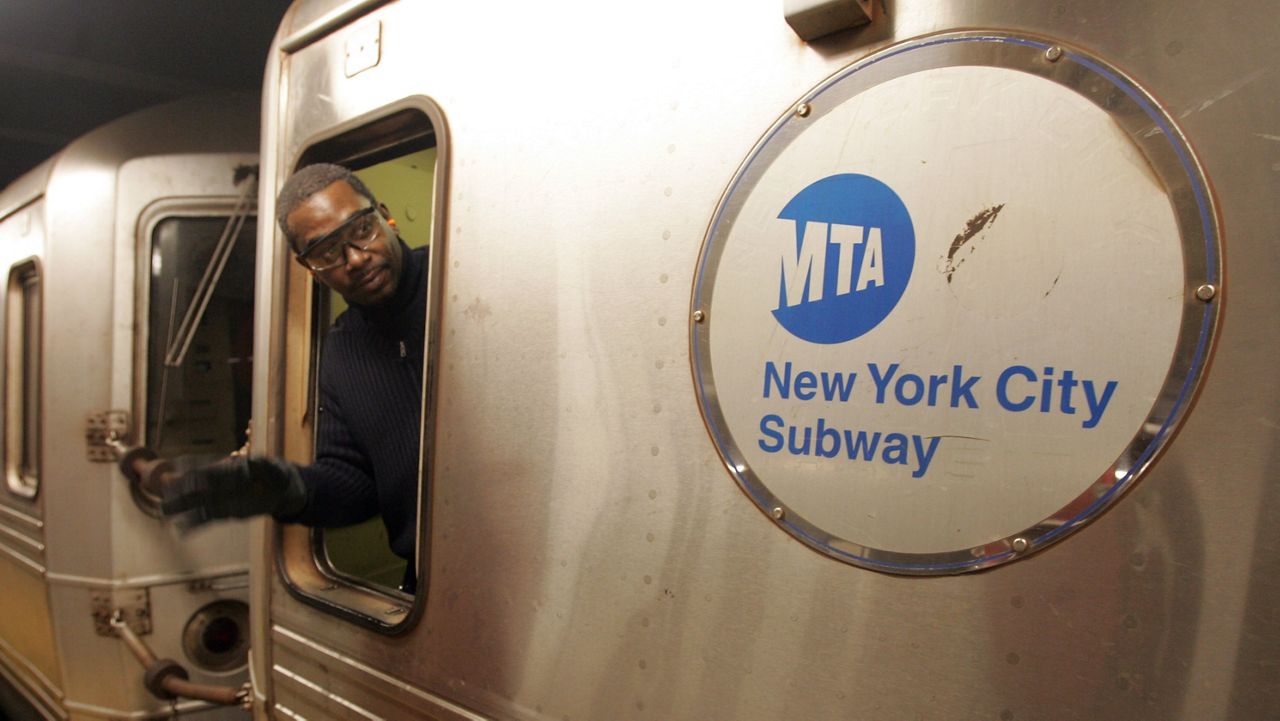
_Dnt_MTA_Fare_Gates_Clean)
